Elazig, Turkey.
(photo credit: HASAN AKBAS. Via Shutterstock)
ByJERUSALEM POST STAFF
Archaeologists unearthed a 6,000-year-old temple site at Tadım Castle and Mound in Elazığ, Turkey, marking it as the first known site with a temple in the region. The excavations, initiated last year, are coordinated by the Ministry of Culture and Tourism of Turkey, the Elazığ Provincial Directorate of Culture and Tourism, and the Elazığ Museum Directorate.
This year, excavation work in the 80-81 No. grid area of the castle and mound—standing approximately 35 meters high and covering an area of 210 by 160 meters—revealed structures and artifacts from the Late Chalcolithic and Early Bronze Age, including the temple site.
“It is the first known site with a temple in the region,” said Ahmet Demirdağ, the Director of Culture and Tourism in Elazığ Province, according to Enikos. “We believe that as we continue the excavations, we will uncover even older layers of history.”
Inside the mound, researchers found a complex of temples. In one of the temples, four podiums, a sacred hearth, Nakhchivan-type ceramics, arrowheads, weights, and daily life items were uncovered. Among the artifacts, architectural remains consist of the ruins of foundations with walls made of unbaked brick. This construction method ensured durability against natural disasters and invasions, as walls made with this type of mudbrick provided enhanced protection.
A “blood channel” found in the temple site, containing the remains of humans and animals, along with a sacrificial stone with knife marks, suggests that sacrificial practices involving both animals and humans were part of the religious rituals of the period. The excavation team uncovered four altars, likely used for depositing votive offerings to the gods.
“The findings have given us rare evidence about life 6,000 years ago—how people lived, worked, and believed,” said Demirdağ, according to Enikos. He added, “The elements from Tadım testify, in addition to religious practices, early signs of social evolution and economic activity.”
Objects such as idol figurines, Nakhchivan-style bowls, and Chech stamp seals, considered art objects, show that the region was an important settlement and belief center. The site is believed to have been a religious and residential center for ancient communities.
The layout of the site suggests a pattern of closely arranged buildings, indicating early forms of urban planning and community life. Demirdağ emphasized that urbanization developed in that period, as evidenced by the adjacent building patterns observed in the excavations.
Excavation works are ongoing at four different points in the region, including areas such as Harput Castle, Palu Fortress, and Salkaya village. The area, located near the Euphrates River, has long been considered a crossroads of civilizations connecting Mesopotamia with Anatolia.
Among other artifacts, Nakhchivan-style bowls and pots, a stamp seal used in agricultural activities, a heavy tool used in wool and yarn spinning, arrowheads, and ceramic fragments were found. These items provide important information about the lifestyle, socioeconomic, and sociocultural structure of the civilizations that lived in the region, illuminating Elazığ's 6,000-year history, including cultural and economic aspects.
Demirdağ stated that the excavation area is very large, and they believe they will find even older finds that will take the region's history further back. “This is part of a broader effort to uncover and preserve the rich cultural heritage of the region,” said Demirdağ.


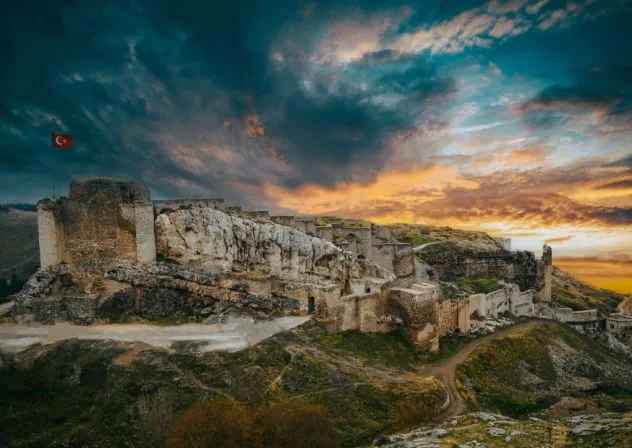


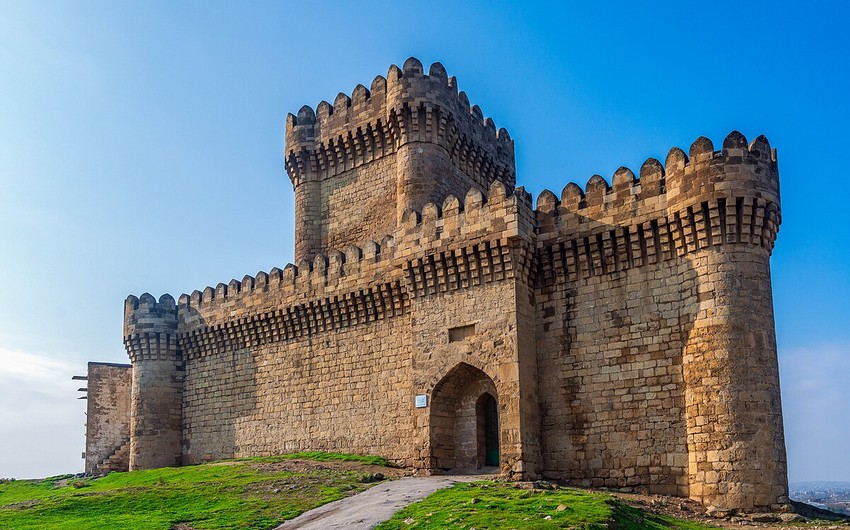

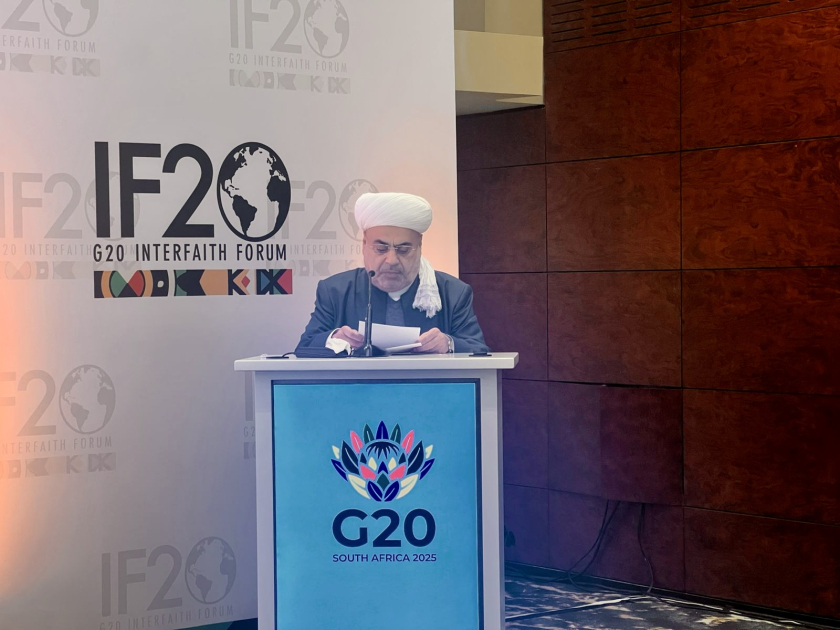
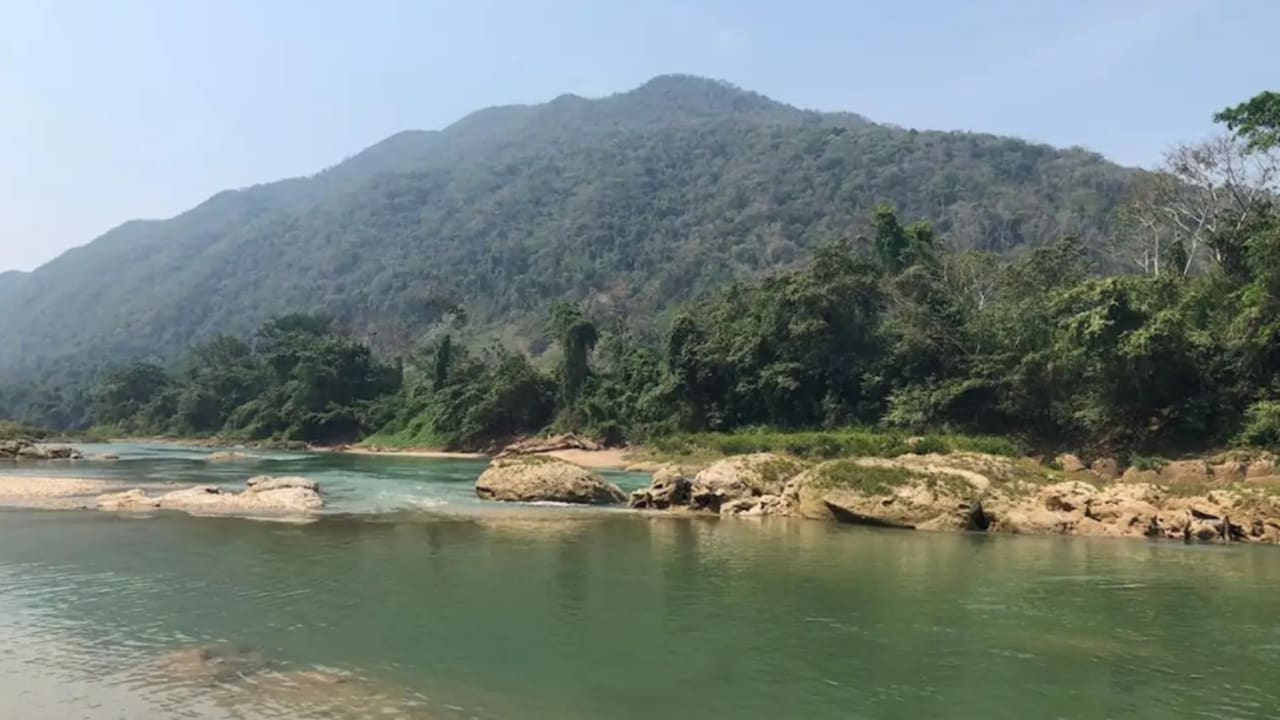
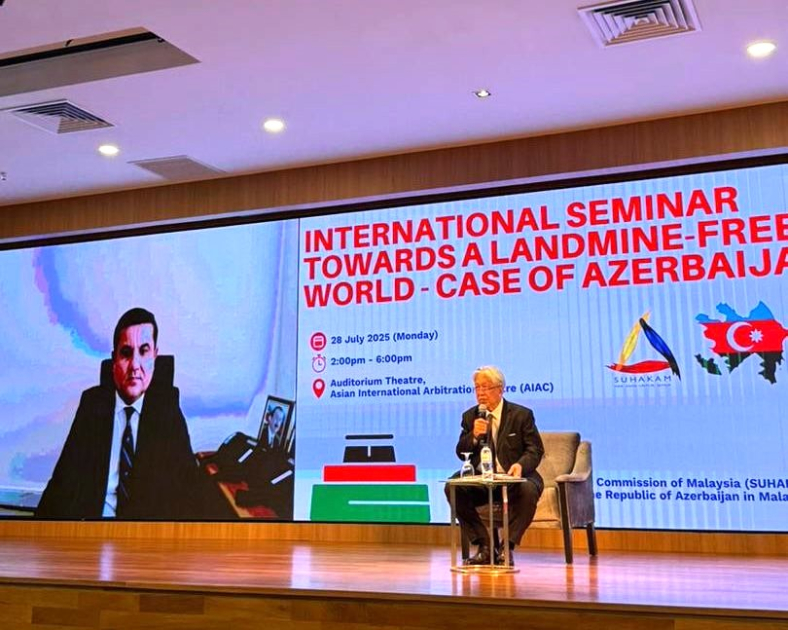

.jpg)
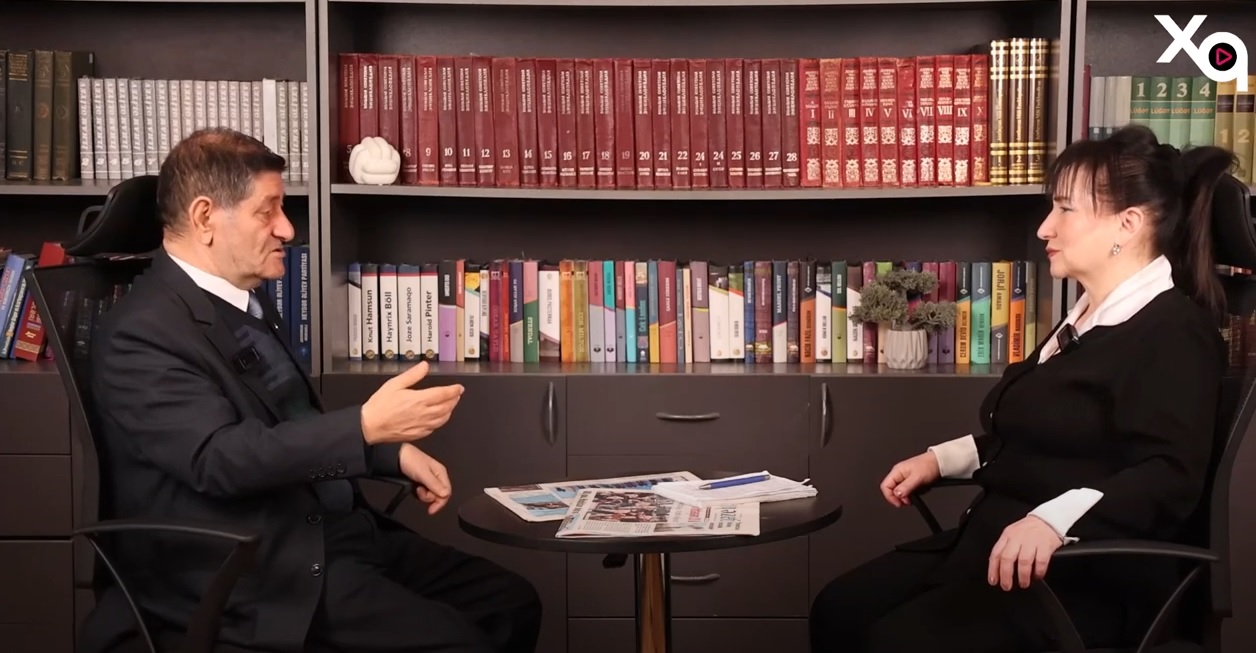
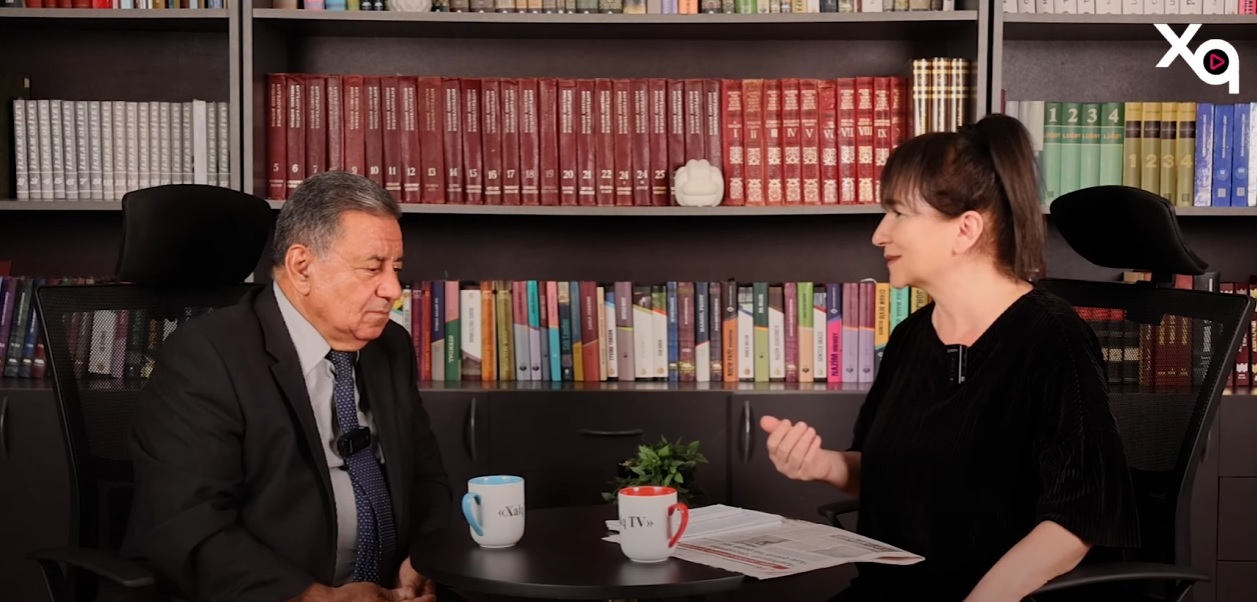

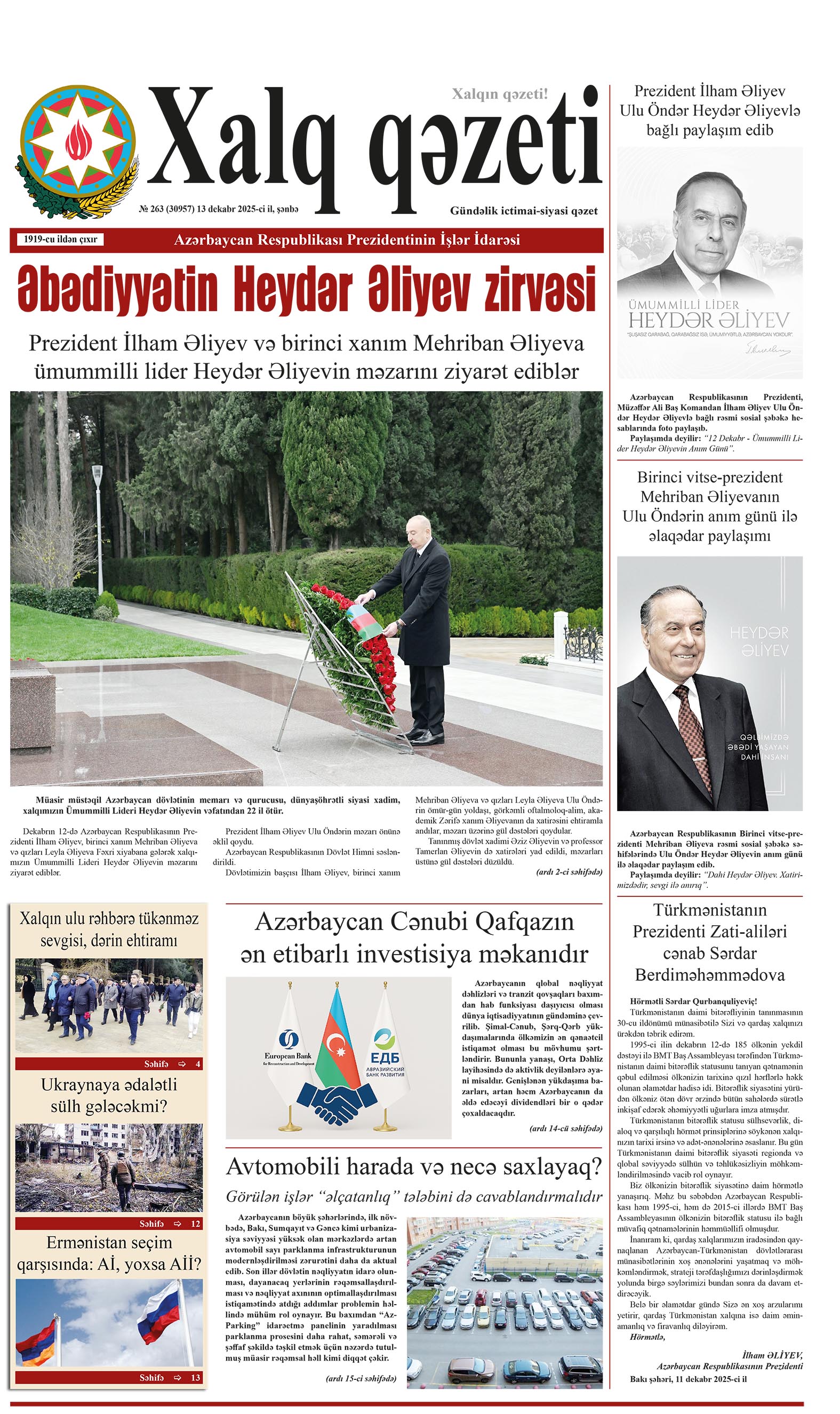

.png)



